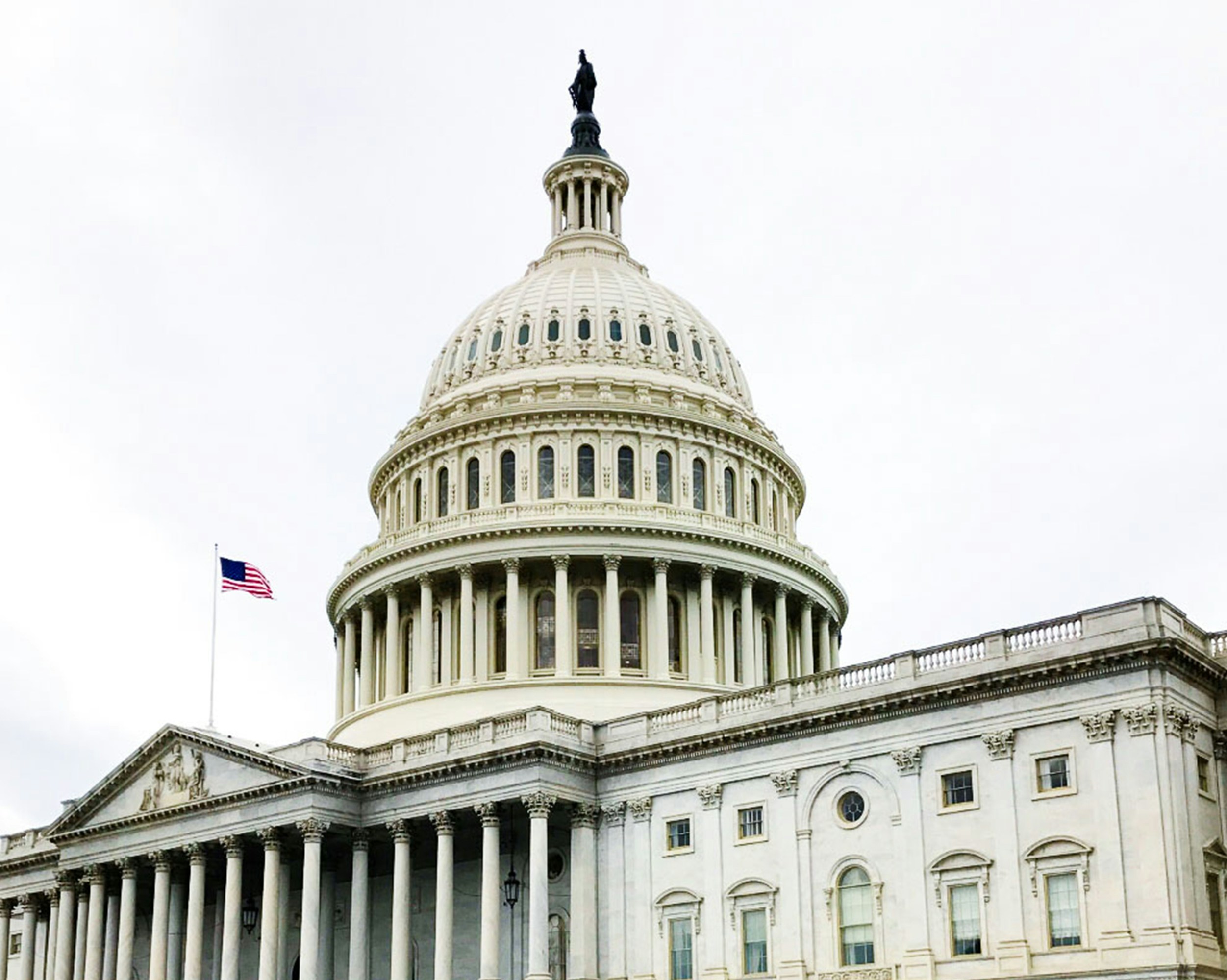
DOL issues guidance on who is a health care provider, the small employer exception and more
- Breaking News
Updated December 22, 2020
The Department of Labor is not sleeping. Over the weekend, they issued updated Q&As for the Emergency Family and Medical Leave Act and Emergency Paid Sick Leave Act after just issuing updated Q&As Thursday night. You can find the updated guidance here.
Although DOL added more than 20 new Q&As, many are redundant of those already issued, but several offer important guidance. The substantive additions include the definition of health care providers excluded from coverage, guidance on the application of the small employer exception (significantly limiting its application) and definitions for full and part time employees (which impacts how much you pay them). Here’s the gist:
Health Care Provider (updated December 22, 2020 to link to intervening alert).
The DOL revised its definition of health care providers who may be excepted from the requirements to provide FFCRA leaves. The updated definition was effective on September 16, 2020, and was a subject of our September 15, 2020, alert.
Small Employers
Both Acts also allow DOL to create an exception for smaller employers whose economic viability would be threatened by providing the emergency leave benefits. DOL’s guidance provided two insights. First, they explained what factors they would review to determine if providing leave benefits would threaten the employer’s viability. And second, they clarified that the exemption only applies to leave for school closing/childcare; there is no small employer exception for leave when the employee is under quarantine, self-quarantine or is caring for someone under quarantine.
When does the small business exemption apply to exclude a small business from the provisions of the Emergency Paid Sick Leave Act and Emergency Family and Medical Leave Expansion Act?
An employer, including a religious or nonprofit organization, with fewer than 50 employees (small business) is exempt from providing paid sick leave and expanded family and medical leave due to school or place of care closures or child care provider unavailability for COVID-19 related reasons when doing so would jeopardize the viability of the small business as a going concern. A small business may claim this exemption if an authorized officer of the business has determined that:
- The provision of paid sick leave or expanded family and medical leave would result in the small business’s expenses and financial obligations exceeding available business revenues and cause the small business to cease operating at a minimal capacity;
- The absence of the employee or employees requesting paid sick leave or expanded family and medical leave would entail a substantial risk to the financial health or operational capabilities of the small business because of their specialized skills, knowledge of the business, or responsibilities; or
- There are not sufficient workers who are able, willing, and qualified, and who will be available at the time and place needed, to perform the labor or services provided by the employee or employees requesting paid sick leave or expanded family and medical leave, and these labor or services are needed for the small business to operate at a minimal capacity.
Full-time vs. Part-time
An employee’s status as full-time or part-time determines how you determine their sick leave pay. DOL offered the commonsense definition that a full-time employee is one who is scheduled to work 40 hours or more per week. Part-time? You guessed it – one who is normally scheduled to work less than 40 hours per week.
Documentation
DOL’s Thursday night guidance outlined the documentation you should collect from employees to support their need for leave and for you to support your application to the IRS for the associated tax credits. By Saturday morning, DOL had deleted the specifics of this guidance and offered only the general recommendation that:
“you should retain appropriate documentation in your records. You should consult Internal Revenue Service (IRS) applicable forms, instructions, and information for the procedures that must be followed to claim a tax credit, including any needed substantiation to be retained to support the credit.”
December 22, 2020, Update: As described in our September 15, 2020, alert, employers should not refuse leave until an employee provides documentation.





